It isn’t often I feel sad getting in to a car, but a thick veil of gloom came over me this week when I took the HSV GTS R out for a quick run. This is the very last Australian built HSV, period.
The Zeta platform supported Commodores for the last 2 “generations”. Although the VF Commodore built on the already sterling reputation of the VE, the VF is the last in the line and will sink slowly into the sunset of the OZ auto-making landscape. A change of government brought in a regime preferring coal and miners, to manufacturing, and in particular, auto manufacturing. Subsidies for coal of nearly $10bn a year for a few jobs are naught when considering a few hundred million the car makers asked for. Although many other factors affect our car prices, protecting Australian jobs was allegedly one of them. Still, I mustn’t grumble, because the GTS R awaits.
HSV’s PR manager, Damon Paull, told GayCarBoys that production of locally built HSV cars would cease in December. “I’m thrilled with sales leading up to the wind down. I’ve never seen anything like it,” he said. When pressed on earlier occasions about upcoming HSV models, Paull was less effusive. “We will have to wait and see,” was the only response.
GTS R nameplate started life on the VS Commodore in 1996, and now offers 3 models, GTS R, GTS R Maloo, and GTS R W1.
- Top GayCarBoys Stories:
- Sexy Men Drive 2021 Toyota Yaris Cross
- 10 Sexiest MotoGP Motorcycle Riders
- DON’T Drive YOUR CAR until you’ve Checked if your AIRBAG will KILL YOU
- 10 Hottest Racing Drivers
- Top 12 Best Gay Lesbian LGBTI Luxury Cars
- Top 10 Gay Lesbian LGBT Cars
- Top 10 Gay Lesbian LGBT Sports Cars
- Top 15 gay and lesbian LGBT SUVs
- Talented Twinks – Callum Ilott Virtually Races Arthur Leclerc
ABOVE: HSV GTS
Most notable on first glance are the slightly wider fenders (12mm), the massively aggressive splitter which is almost one continuous sloping line sweeping backwards up the nose of the beast. You notice this on low driveways, and when mounting car ferries, as we discovered at Berowra. The new front end is a fitting Good-Bye to our favourite boy’s toy.
The bold burnt metallic orange is called “Light My Fire” (and it did), . Also available is “Spitfire”, a vibrant green, “Son of a Gun”, a gunmetal grey and all feature matte black highlights including a sexy looking HSV badge on the bonnet.
There are new Daytime Running Lamps to complement the aggressive look of the blacked out vertical vents. These vents are carbon fibre on the bonkers W1.
The all-new 20” x 9” (front) and 20” x 10” (rear) SV Panorama forged alloy wheels look positively evil against the not-s-subtle orange bodywork.
A premium, AP Racing, 6-piston brake package, have monoblock calipers and huge 410mm (front) rotors and chunky Ferodo 4488 brake pads, and are found on all three GTSR models.
The 410mm rotor is a fully floating design using technology derived from race-cars but refined for the road. The monoblock caliper construction delivers an improved strength-to-weight ratio while the 410mm rotors share race-inspired (“S” vane) cooling technology.
This world-class braking package takes AP Racing radical design to an all new level delivering outstanding stopping power and brake modulation, and an even firmer pedal feel.
Complementing the GTSR range’s wheel and brake package, GTSR and GTSR Maloo feature Continental ContiSportContact 5P tyres. These tyres have been fitted to all HSV models since the introduction of the GEN-F range and were initially chosen for their superior dry and wet weather performance and for offering the finest balance between road holding and ride comfort.
The GTSR W1’s forged alloys are wrapped in specially selected Pirelli P Zero Trofeo R 265/35 R20 (front) and 295/30 R20 (rear) tyres.
HSV engineers (and probably marketers) paired these sexy wheels with nice fat Pirellis. The Trofeo R tyre is a track-tlye race tyre with a unique tread and compound.
The GTSR has HSV’s Magnetic Ride Control system, a semi-active suspension system which responds to road inputs and driving conditions with dampers updated every 1000th of a second to optimise ride comfort, while GTSR W1 will be fitted with all-new “SupaShock” suspension.
This race-inspired suspension system mirrors that fitted to Walkinshaw Racing’s “Supercars” – refined for on-road driving but with a tune that is undeniably track focussed to maximise the vehicle’s intent.
Internal components come straight from the racing industry with linear-style damper pistons that deliver the lowest frictional losses of any commercial damper available and a front coil design rated at approximately 2.2 times higher than the balance of the HSV range.
At the rear, both GTSR and GTSR W1 feature an all-new fascia and diffuser that houses quad exhaust outlets with dual diamond tips (shadow-chrome on the GTSR W1), while the decklid features HSV’s new “Aeroflow” spoiler delivering a strong and cohesive, race-inspired look. The spoiler upper is finished in carbon-fibre on GTSR W1.
The new HSV Alcantara Podium seats with diamond-quilted stitching and leather bolsters (GTSR and GTSR Maloo) and full Alcantara with diamond-quilted stitching (GTSR W1).
Red herringbone twin-needle stitching makes the cabin look fast, and expensive.
A stoinking 6.2 litre Supercharged LSA Generation IV Alloy V8 that powers powers GTSR and GTSR Maloo. A a new, (K’N) hi-flow performance air filter sees maximum power output increase to assive 435kW, which is the most powerful LSA V8 engine HSV has ever offered.
GTSR W1 gets the 6.2 litre Supercharged LS9 Generation IV Alloy V8 engine from the 6th gen Corvette ZR1.
A 2.3 litre supercharger, forged aluminium pistons, dry sump and carbon-fibre airbox give the LS9-in the GTSR W1 474kW making it the most powerful performance production car ever built in this country. 815Nm puts the W1 in the “V8 Supercars” class.
This hand-built engine takes 5 hours to assemble and is fitted at HSV’s factory in Clayton, Victoria.
The GTSR W1 gets a MH3 spec Tremec TR6060 close-ratio, 6-speed manual with a ZF SACHS twin-plate clutch.
All models get the bi-modal exhaust system, and has been calibrated to open earlier in the “rev” range than previous HSV models.
GTSR models will come with exclusive: Torque Vectoring, Enhanced Driver Interface, Driver Preference Dial which changes Traction Control, Launch Control, Torque Vectoring, Bi-Modal Exhaust and Electric Power Steering. The latter feels weightier to simulate more road feel.
“With the MY17 range being the last of the Zeta platform product (GEN-F range), our intentions were always to send the platform off with a bang and the content we have delivered is central to that plan”, said HSV’s Managing Director, Tim Jackson.
“The GTSR name was last used nearly 20 years ago, and as we built this range with a view towards current market expectations and trends, we couldn’t help but feel the GTSR nameplate was the logical fit for this family of product.”
“We’re confident we’ve delivered our best product ever, and the greatest performance cars ever produced in this country”, he said.
Build of the GTSR range started in April. There are limited numbers of all, but the WW1 will see only 300 examples built.
The exhaust sounds best in either Performance or Track mode, but neither is recommended on a wet day in town traffic.
Our orange GTS R had a delightful 6 speed auto which was as smooth as ever, and I’m surprised how well it handled the thuggish force handed to it by 740Nm trying to twist it out of its housing.
I have to disappoint you all by saying the time spent with the HSV was limited, but the video I shot on my handy cam shows how much fun was had. I took some shots of the front wheel turning because the look of the alloys set against the massive brakes was mesmerizing. Every now and then, the glint of the metal flake paint dazzled brighter making the experience one I won’t soon forget.
Without track time, this true force of nature can’t be unleashed, but I suspect few of these beauties will see the track. To the end, I headed up the highway and over the Berowra Ferry, forgetting my splitter was hanging mere centimetres above the road surface.
The steering felt heavy at first. To be fair, my other car was a BMW 750Li that week. A few hours completely eliminated earlier feelings and the steering then felt brilliant. It was as sharp as electric steering can be.
After winding down the road which clings precariously to the sandstone escarpment, the ferryman guided me gently onto the craft. “MAAAAAATE,” he said. He dashed to the other end quick smart to help me off the second we docked, and by docked, I mean beached on the other side.
The ride is firm, and even firmer once the magnetic dampers control kicks in. The auto was left in self-changing most of the time, it really is that good. The only time I made sure it stayed in second was when negotiating the hairpins coming up out of Galston Gorge. Spinning tyres are embarrassing.
Remember you’re going to be spending most of the time in town on so-so quality roads. I simply don’t understand people prepared to cope with rock-like suspension on the off chance of a track day. The GTS R is the Goldilocks model with just the right amount of firmness.
There is a charming side to the brute, and believe it or not, people stopped to take pics. I collected David Brown for a spin around inner Sydney when I returned to town. The picture taking continued.
We agreed that this was the best HSV ever made, but we didn’t get saddle time in the W1, and probably never will.
As we changed direction, and our faced peeled off, we giggled like schoolgirls, albeit very old ones. For me, the most remarkable thing about the GTS R was the fun you can have at relatively low speed. The dramatics continue at traffic light as the bi-modal exhaust cackles and spits as you back off because you’ve reached the speed limit by the time you’ve gone 3 metres. I have it on good authority by the owner of a GTS, that if you remove the fuse, the loudness stays loud all the time, even at low speeds.
Cornering is as much fun at any speed, and the mountainous torque and monumental power make you smile for hours after the driving is done.
Best of all, it makes even a modestly talented driver look and feel like an expert.
You get the standard Commodore features like HUD and semi-automated parking, and the advantage of servicing widely available.
GTS From From $109,490MLP
GTS R W1
Price: $169,990 (plus on-road costs)
Engine: 6.2-litre supercharged petrol V8
Outputs: 474kW/815Nm
Transmission: Six-speed manual
Fuel: 16.5L/100km (ADR combined)






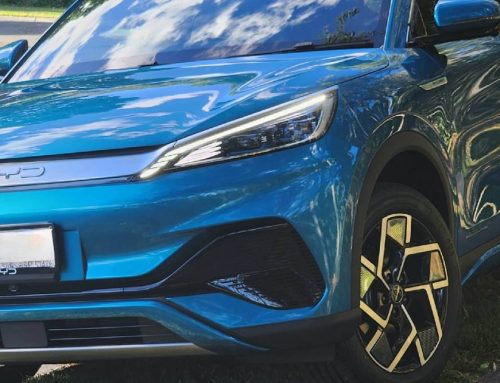


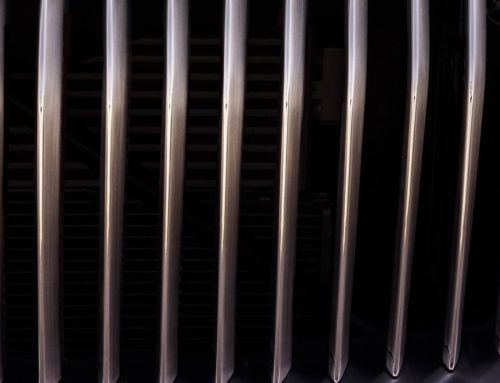
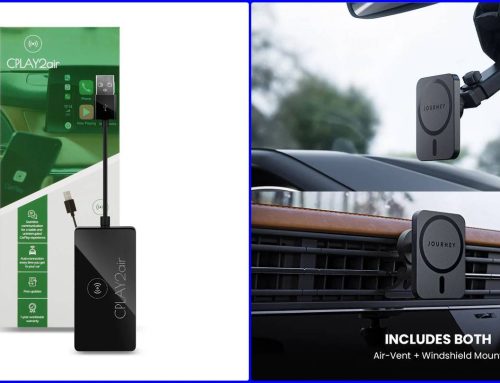
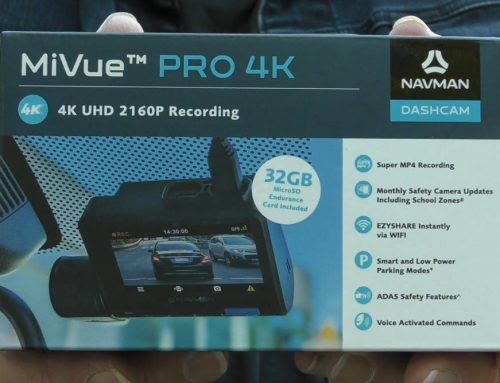
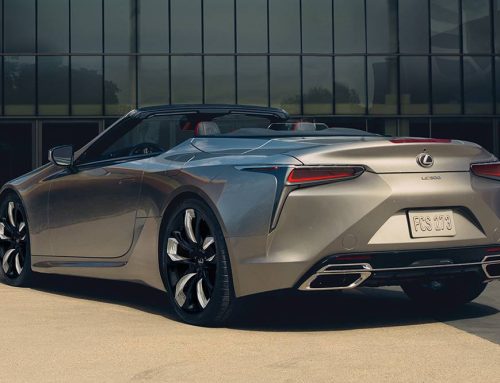
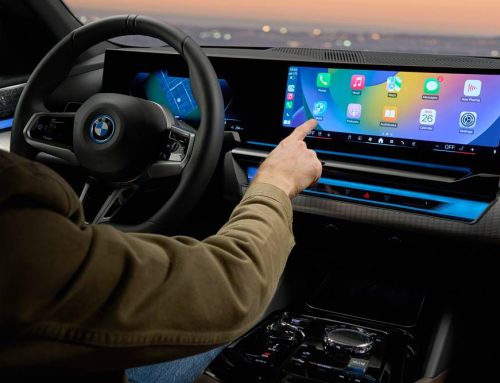
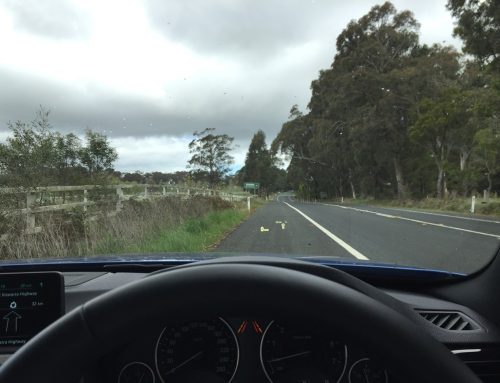
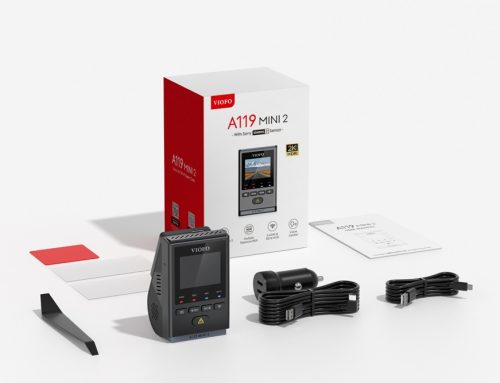

Leave a Reply